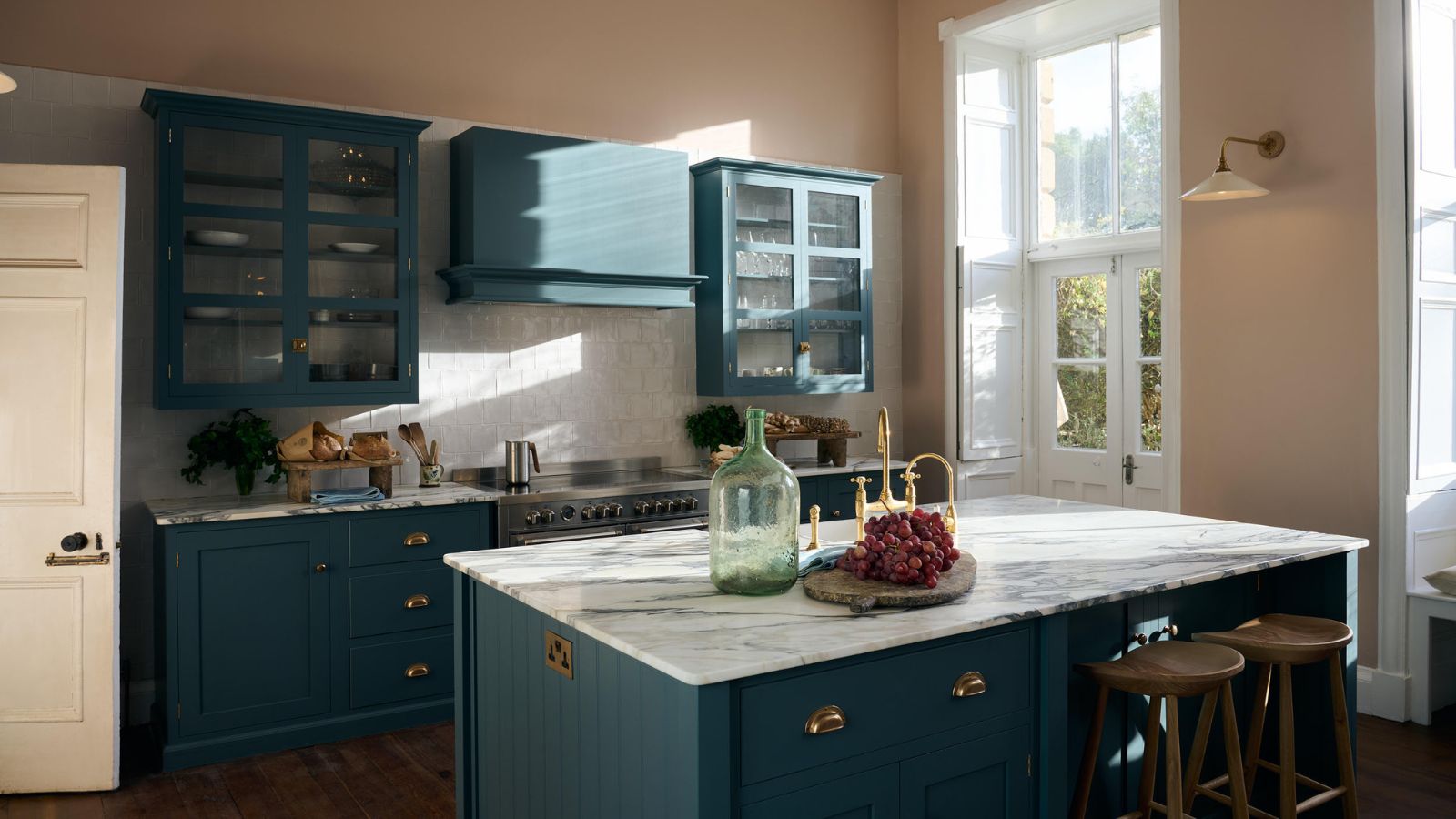
New year, same old cluttered kitchen cabinets? Don't worry – you're certainly not alone.
But, if you're looking to use to get your home in order for the coming months, why not start small by tackling your cabinets before moving onto larger sections of the home. After all, doesn't have achieving the organized kitchen of their dreams at the top of their 2025 resolutions?
Here, professional organizers share their decluttering tips for maximizing on storage space, and turning disorderly to organized.
Why do you need to declutter kitchen cabinets?
As with anything, decluttering is an effective and efficient way to clear space and keep on top of your belongings. As Di Ter Avest, professional organizer and founder of Diisorganized, explains, taking the time to do so with your kitchen cabinets should be top of your kitchen decluttering checklist – and is the key to unlocking a stress-free environment that's perfect for cooking up a storm.
'Decluttering your kitchen cabinets is all about making your life easier and your space more functional,' she says. 'When your cabinets are organized, you'll spend less time digging around for a missing lid or hunting for that missing can opener. It also helps you to stay on top of expired food and spices – because, let's be honest, who knows what's hiding in the back of those shelves.'
'By clearing out what you don't need, you create space for the items you actually use and love, making your kitchen feel more open and inviting. Most importantly, a clutter-free kitchen brings a sense of calm, reducing that overwhelming, chaotic feeling when it's time to cook.'
1. Empty everything from your cabinets
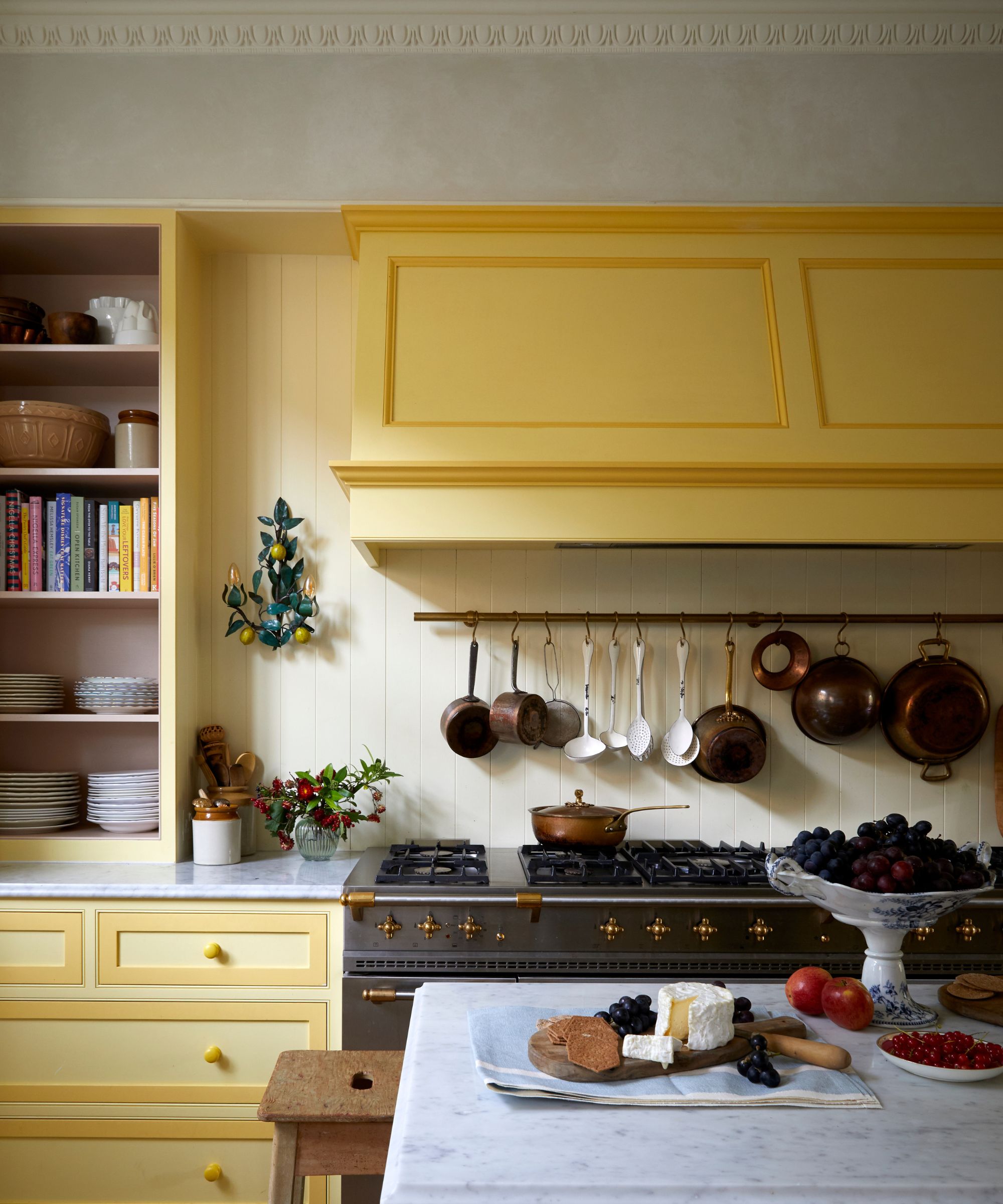
The very first step towards organizing your kitchen cabinets is removing everything from them, taking tips from the chaos decluttering method.
Maria Anderson, cleaning and organizing expert at Henfield Storage, says, 'This way you will be able to see all you have, access the space, and be much more effective with your planning.'
Once your cabinets are emptied, take the opportunity to clean your kitchen cabinets, using a microfiber cloth and multi-surface spray, such as the Mrs. Meyer’s Clean Day Multi-Surface Everyday Cleaner available at Walmart to tackle two tasks at once. Ensure you avoid any kitchen cabinet cleaning mistakes by avoiding using anything too abrasive, like scouring sponges or potent chemicals. If you're worried, why not try cleaning with vinegar for an all-natural alternative.
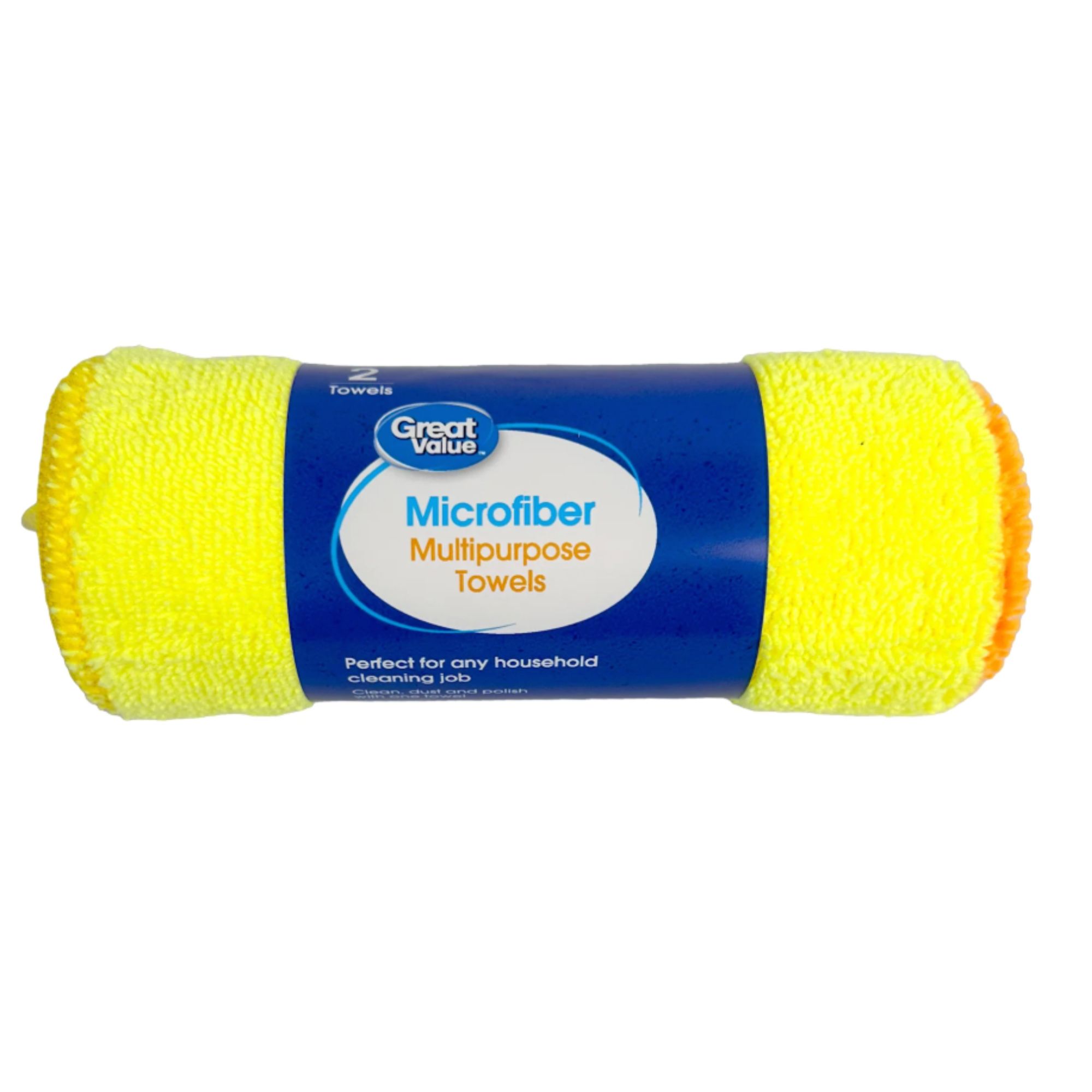
These microfiber cloths are perfect for tackling household cleaning as they can be washed in your best washing machine after use. Cleaning these will be a time you should never use fabric softener in laundry, as this will coat the fibers and wreck their absorbency.

If you want to clean your home without harming the planet, Method products are a great option. This multi-surface spray harnesses the cleaning power of plants, and is hypoallergenic, vegan and cruelty free.
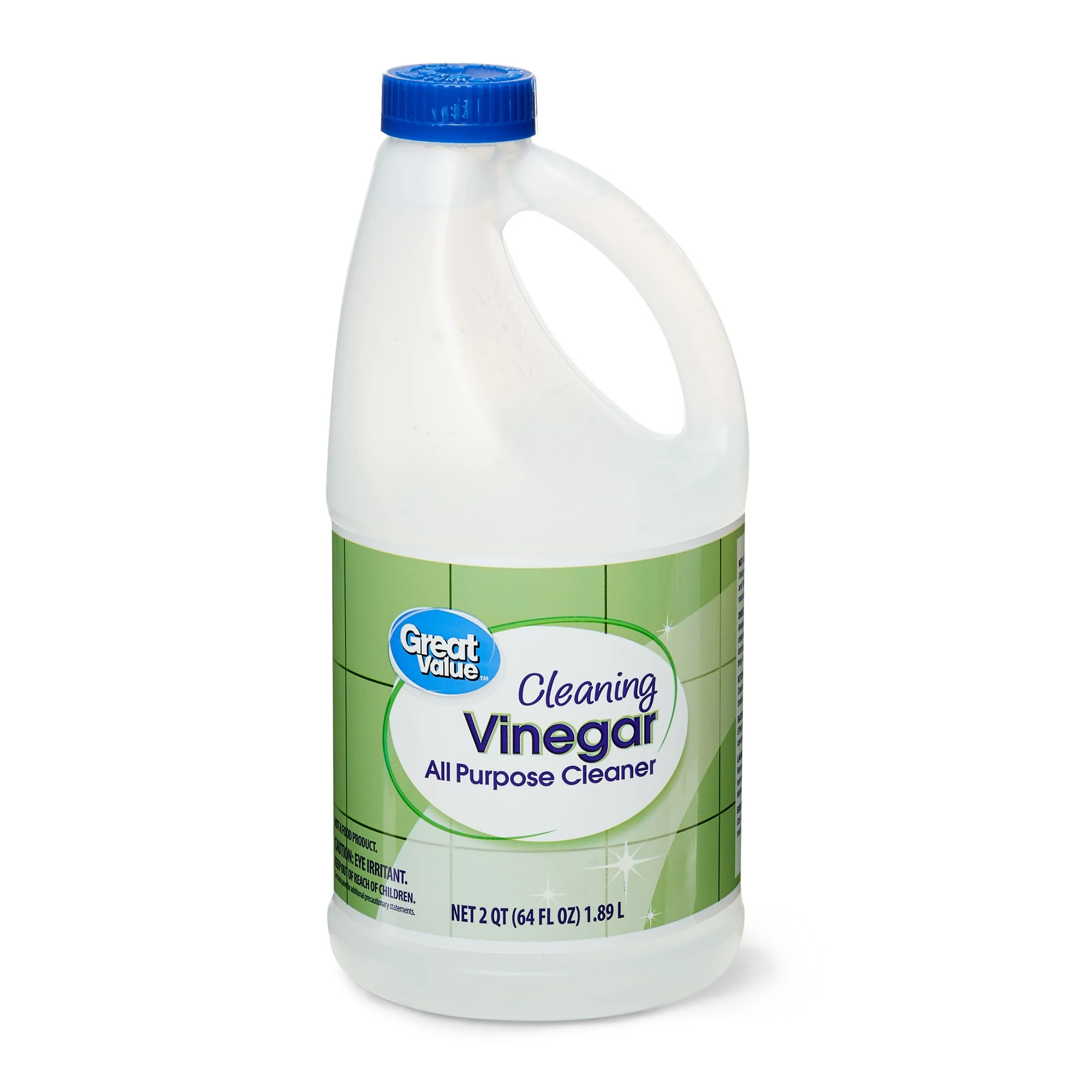
This non-toxic home essential is suitable for cleaning your whole home from your kitchen to your bathroom and everything in between.
2. Toss or donate
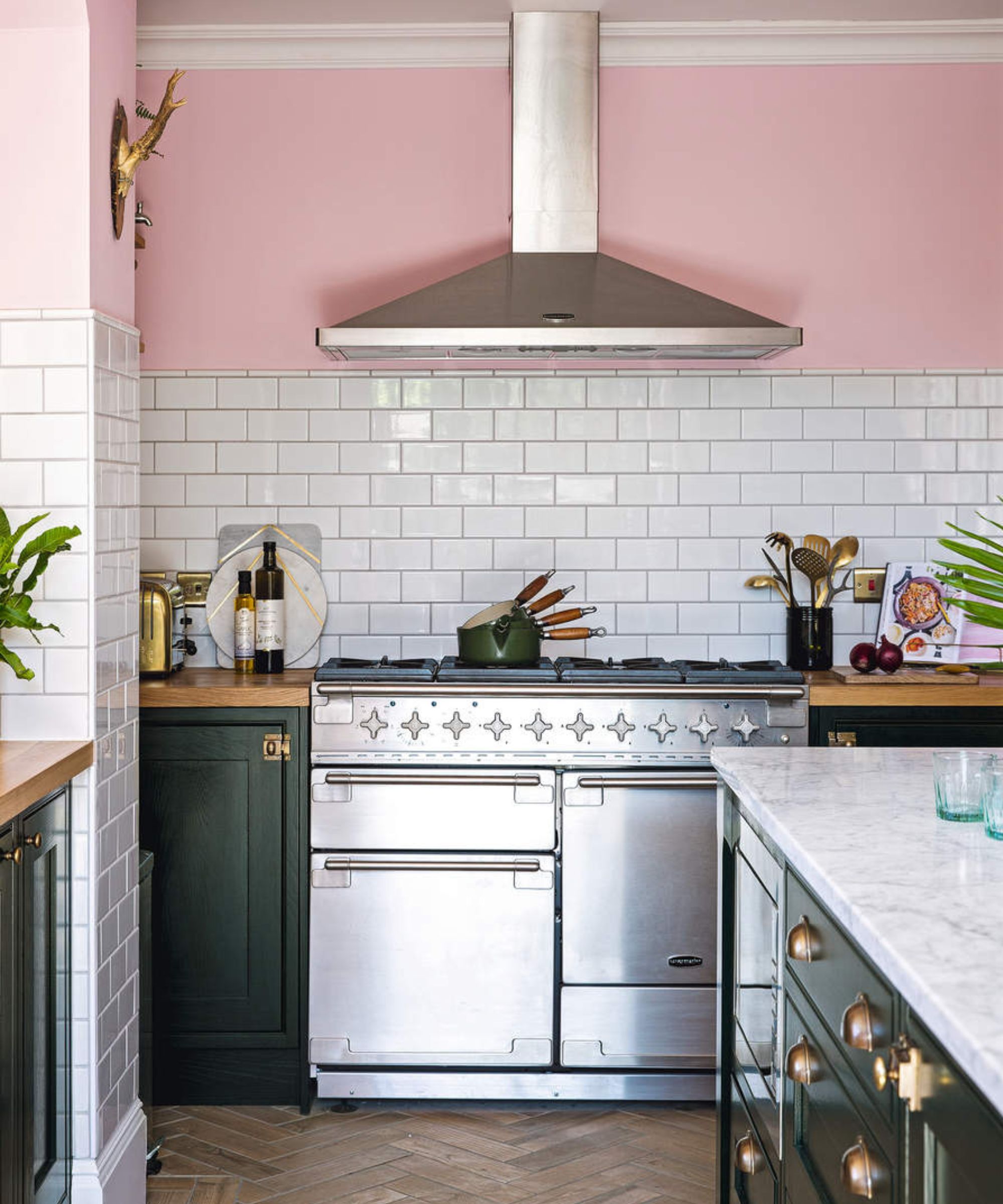
Then, throw away any edible expired items in a durable trash bag, such as the Hefty Ultra Strong Trash Bags available at Amazon, and put aside any decluttered items you want to sell or donate, or pass to a loved one.
Professional organizer Ter Avest advises, 'Check those dates on food and spices. If it's gone bad, it's got to go.' And, when it comes to organizing kitchen utensils, less is more. 'Do you really need five spatulas?' she asks. 'Keep the best one, and donate or recycle the rest.'
Finally, if you haven't touched an item in a year, such as old appliances – 'hello, popcorn maker,' says Ter Avest – it's time to let go.
3. Categorize items
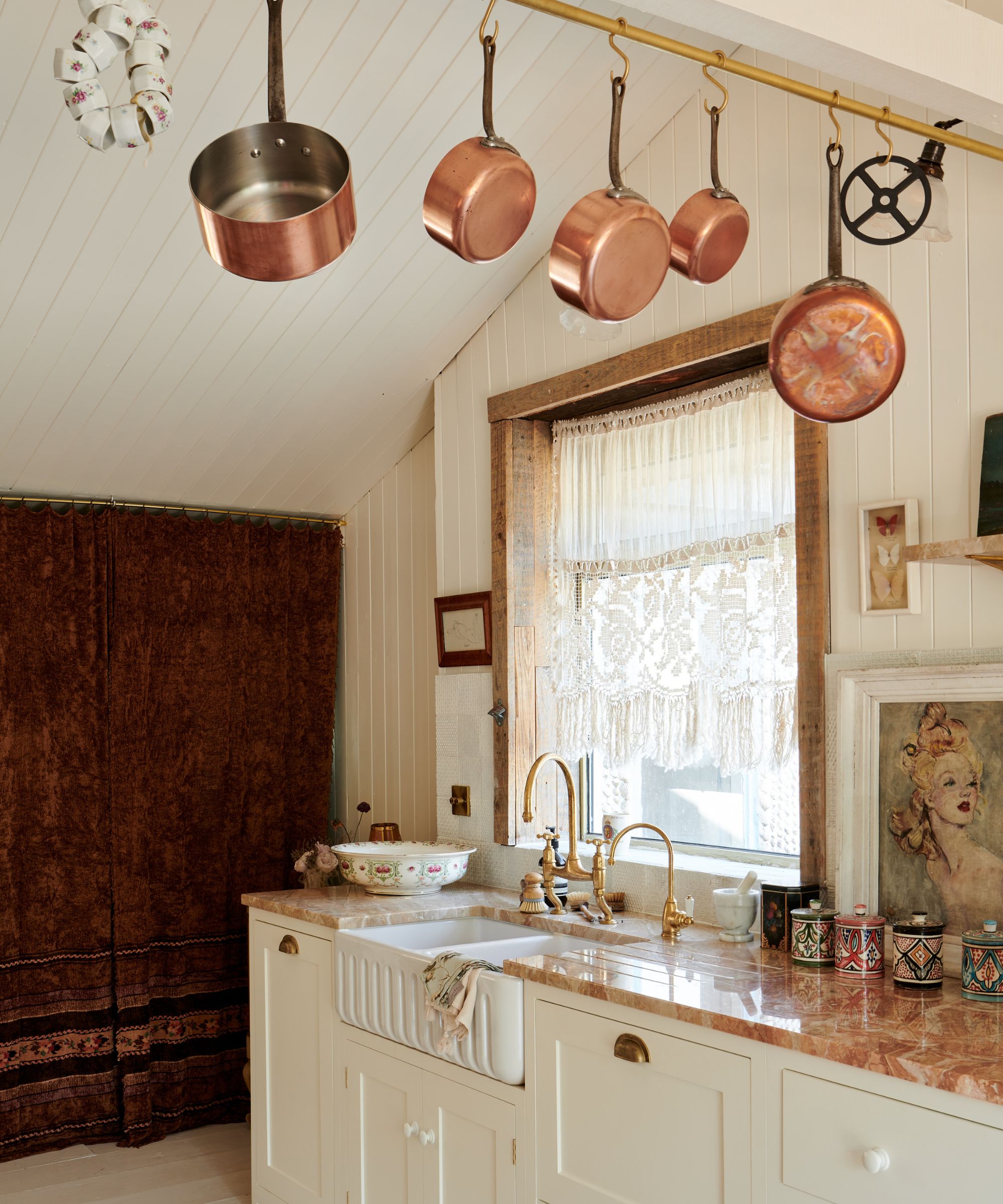
Next, in order to take stock of everything you have accumulated in your cabinets, categorize your items recommends Ben Soreff, professional organizer at House to Home Organizing.
He says, 'Everything in your kitchen belongs to a specific category, like baking, cooking, entertaining, everyday, utility and decor.' Sorting your items into these categories is one of the first things to do when organizing kitchen cabinets, and doing it at this stage will make the process – and avoiding future clutter– easier in the long-term, particularly when it comes to determining where items should be kept, and spotting unneeded duplicates that would be better off donated.
For example, 'The cabinets near the sink are a prime location for frequently used items such as everyday plates and glasses,' continues Soreff. 'If your dishwasher is also nearby, then everyday plates and bowls should live close by.
'Additionally, if you do coffee or tea, then the mugs and reusable bottles should living in those cabinets as well. If you drink hot beverages or smoothies every day, then dedicating the space to this category is important, and not a waste, as some people may feel.'
This principle can then be applied to every category in your kitchen, and is a great way to declutter to make your kitchen storage ideas work for you, instead of vice versa.
4. Remove things you don't use frequently
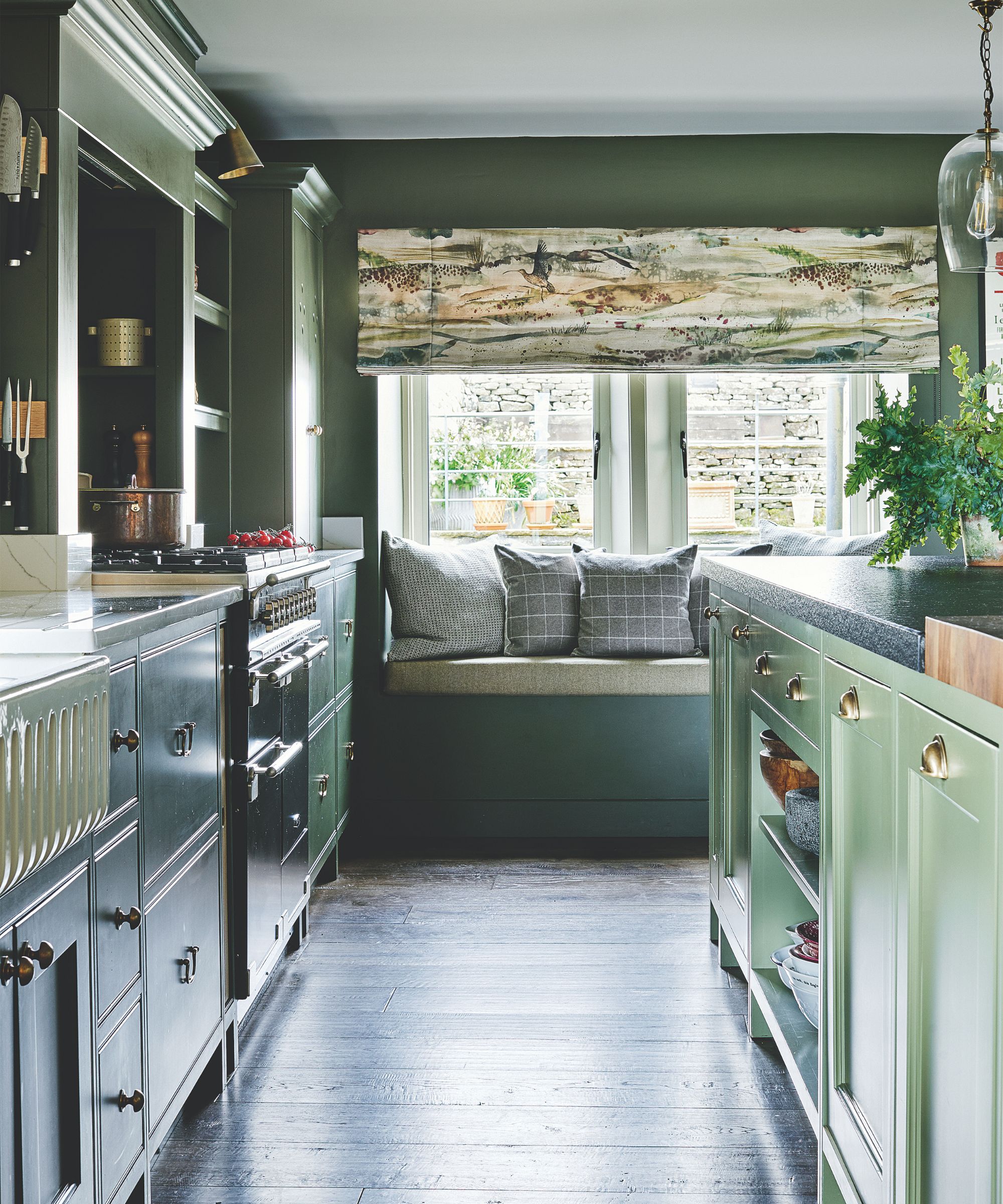
In a similar vein, ask yourself whether items you have stashed in your kitchen cabinets actually need to be stored there, which will make it easier to organize kitchen cabinets to improve traffic flow later down the line.
As professional organizer Soreff says, 'Decluttering 101 can be distilled down to this simple rule. The things we don't use frequently should be stored more remotely,' or even decluttered fully and donated or sold.
'If we are talking about the kitchen specifically, then items like entertaining or holiday service (those huge Thanksgiving-only serving platters) can live in the kitchen run-off areas, typically, in the basement,' he continues.
'The next step is that items we use frequently need to live in an area for ready, easy use. After reviewing our kitchen items and determining which items should be stored more remotely, and which items can be donated or tossed, we can then find the best location for the remaining items.'
6. Maintain your organization system
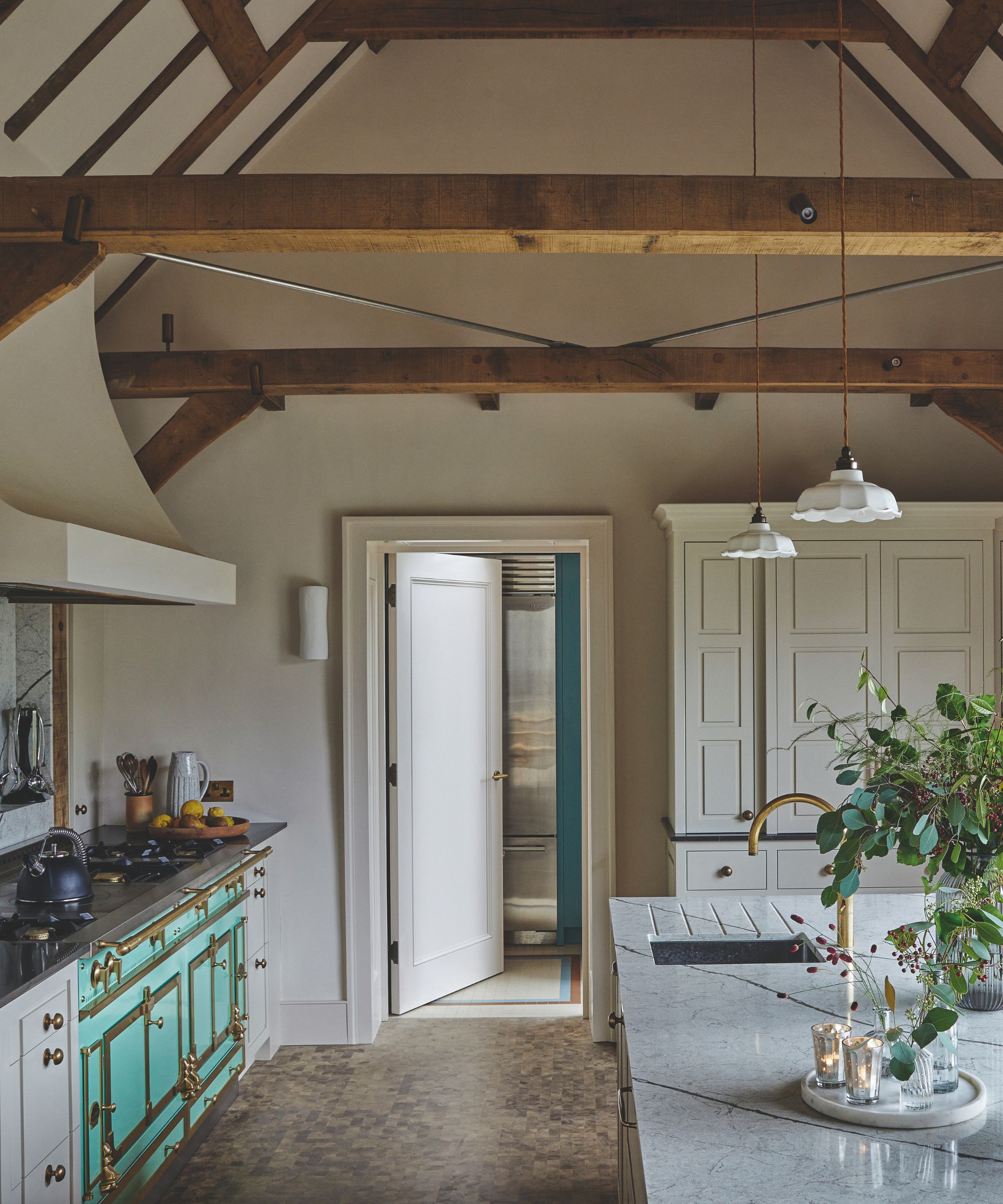
Finally, the best way to curbing clutter in the long run is by following the 'One in, one out' rule, says professional organizer Anderson.
She advises, 'In order to keep your cabinets forever organized, have a simple rule where for every new item that enters, one old item has to leave. This will prevent clutter in the future.'
If you find yourself at a loss as to what to get rid of, these are the things in your cabinets to get rid of right now – to make decluttering a breeze.
FAQs
How often should kitchen cabinet be decluttered?
In general, you should aim to declutter your kitchen cabinets once or twice a year, giving them a thorough cleanout every six to 12 months, advises professional organizer Ter Avest. 'In between, it's helpful to do quick mini-check-ins every month or two.'
While this may seem like overkill, it's one of the things people with organized kitchen cabinets always do, and helps you to keep on top of clutter. 'These small tidying sessions let you toss anything expired or broken, and keep space manageable so it doesn't feel too overwhelming when it's time for a bigger clean out,' adds Ter Avest.
Feeling inspired to get organized? Why not try the Japanese concept of 'Mottanai' to declutter your kitchen cabinets, which H&G freelance journalist Rebecca Shepherd says taught her that 'everything can serve a purpose.'







